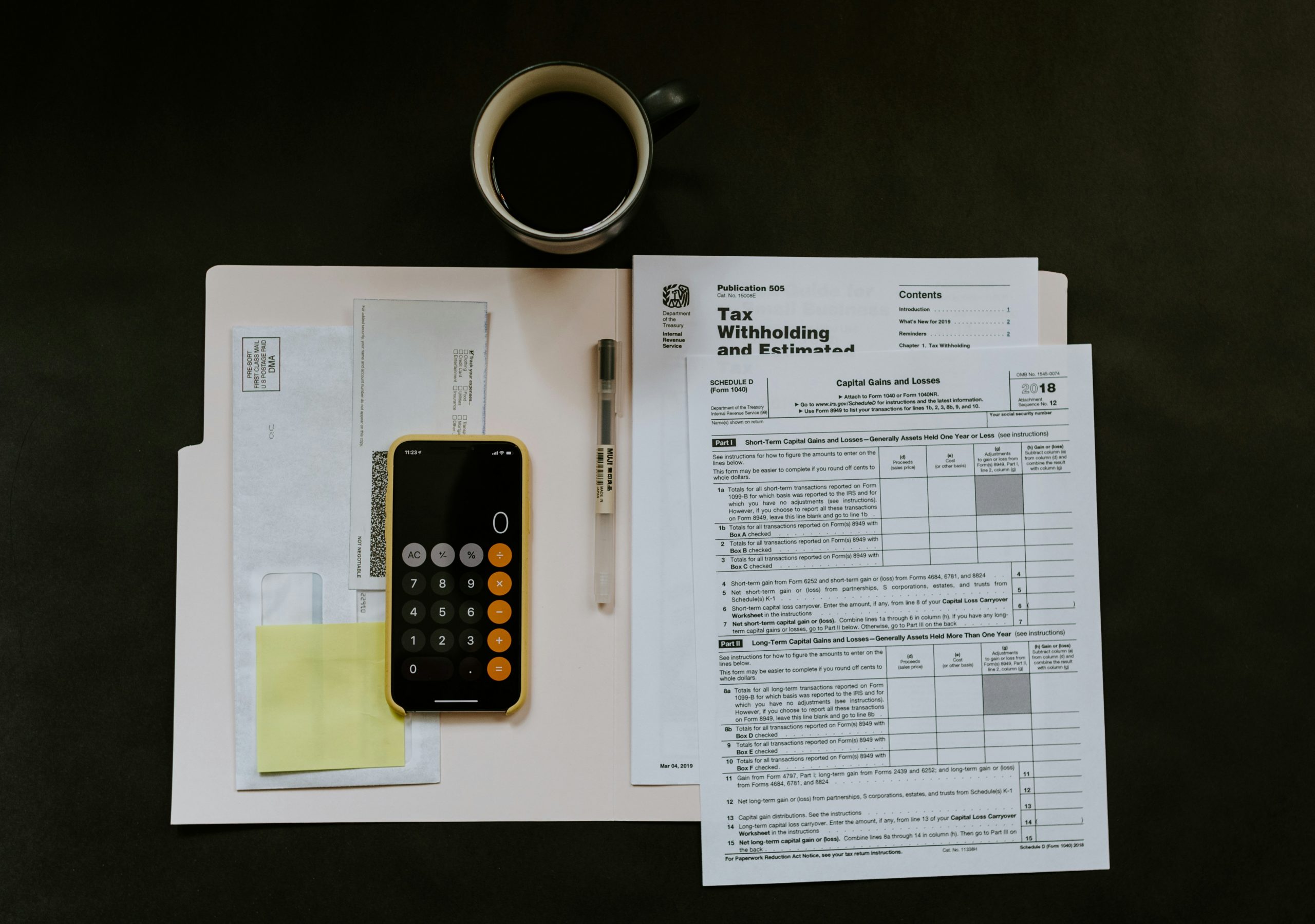Government gives you a bill, they should make it easy to pay it. It’s that simple. Yet every year, Americans spend an average of 9 hours and $150 just to file their taxes. That’s more than 2 billion hours and $145 billion spent annually by Americans simply trying to do the right thing (Brady, 2024; Hodge & Rock, 2024). Say the word “taxes” anywhere, and you’ll see immediate anxiety and stress. It’s one of the most universally frustrating processes in government — which is exactly why leaders from both parties have long sought to fix it.
The solution isn’t complicated: Let Americans file directly with the government, for free, using a simple online system. This common-sense idea has a strong bipartisan history. President Reagan first proposed a “return-free system” in 1985. In 1998, a Republican-controlled Congress passed the IRS Restructuring and Reform Act with near-unanimous support — 97-0 in the Senate and 426-4 in the House — directing the IRS to develop exactly such a system. President Bush’s administration had plans to create a direct file program in 2001, and in 2011, I worked with Republican Dan Coats and Democrat Ron Wyden to jointly introduce the Bipartisan Tax Fairness and Simplification Act to create pre-prepared tax returns.
In 2024, the IRS turned this decades-old vision into reality. The IRS launched the pilot year of Direct File — the first free, public, mobile-friendly tax filing tool in U.S. history — in 12 states. The results speak for themselves. Over 140,000 Americans used the system successfully, with 90% rating their experience as “excellent” or “above average.” The pilot program collected $35 million in tax payments efficiently and accurately. Most importantly, it earned the public’s trust: 86% of users said Direct File increased their confidence in the IRS.
Building on this success, the IRS will expand Direct File to 24 states for the 2025 tax season, making it available to over 30 million eligible Americans. Notably, 51% of eligible users are in conservative states — proving that making government work better isn’t a partisan issue, it’s an American one.
The impact is already visible in communities across America. As one Arizona taxpayer shared, “It was one of the greatest experiences I have had doing my taxes.” A Washington State resident noted, “It was the most convenient way I’ve ever filed my taxes. I got to be honest, it surprised me how simple it was.”
This isn’t just a government modernization success story; it’s an economic game-changer. When fully implemented, Direct File is projected to save Americans $23 billion annually and save federal and state tax agencies time and money on the back end by decreasing errors, reducing audits, and eliminating duplicative services. It’s exactly the kind of government efficiency that Americans across the political spectrum have been demanding.
The path forward is clear. We can finally deliver on decades of bipartisan promises to make tax filing simple, efficient, and free, and we can build trust in government by showing that it can deliver modern, user-friendly services. Direct File isn’t just a program — it’s proof of what’s possible when our government puts technology to work.
References
Brady, D. (2024, April 15). Tax complexity 2024: It takes Americans billions of hours to do their taxes. National Taxpayers Union. https://www.ntu.org/foundation/detail/tax-complexity-2024-it-takes-americans-billions-of-hours-to-do-their-taxes
Hodge, S., & Rock, C. (2024, October 9). Tax complexity now costs the U.S. economy over $546 billion annually. Tax Foundation. https://taxfoundation.org/data/all/federal/irs-tax-compliance-costs
U.S. Department of the Treasury. (2024, October 10). IRS announces 30 million Americans in 24 states eligible for direct file in filing season 2025. https://home.treasury.gov/news/press-releases/jy2629?t
Amanda Renteria is CEO of Code for America.





Leave a Reply
You must be logged in to post a comment.